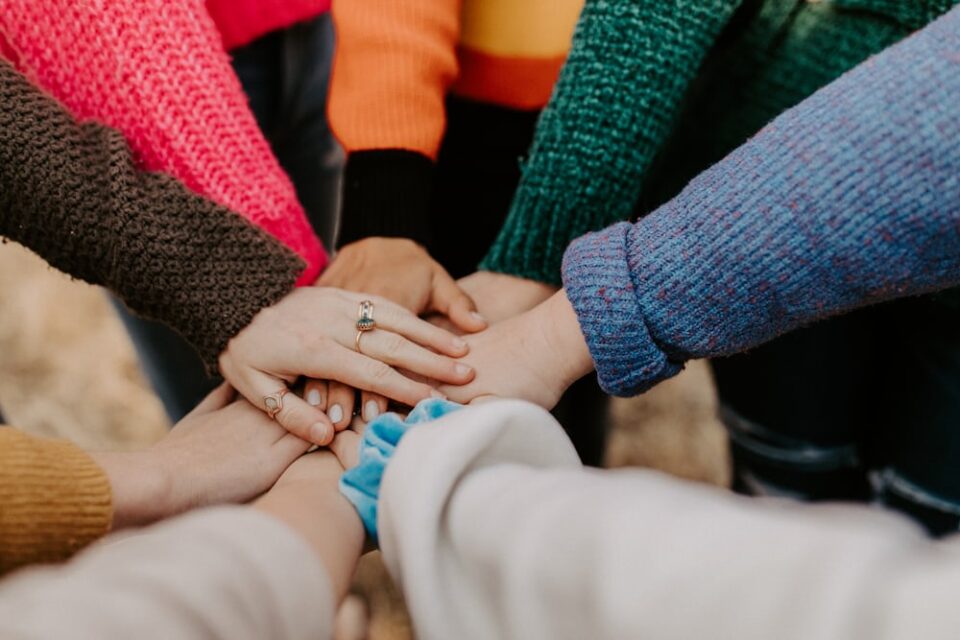1} KIKUYU
The Kikuyu tribe is one of the most prominent and populous ethnic groups in Kenya, playing a significant role in the country’s cultural, political, and economic landscape. With a rich heritage and deep-rooted traditions, the Kikuyu people have contributed immensely to shaping Kenya’s identity.
One key factor behind the prominence of the Kikuyu tribe is their demographic strength. Comprising about 22% of Kenya’s population, the Kikuyu form a substantial portion of the country’s inhabitants.
This demographic presence has naturally translated into a considerable influence on various aspects of Kenyan society.Economically, the Kikuyu are renowned for their entrepreneurial spirit.
Many successful Kenyan businesses and enterprises are owned and operated by individuals from the Kikuyu community. This economic prowess has contributed significantly to the tribe’s visibility and influence, both locally and internationally.
Politically, the Kikuyu tribe has played a central role since Kenya gained independence in 1963. The first President of Kenya, Jomo Kenyatta, was a Kikuyu, and his legacy continues to shape the country’s political landscape.
Subsequent leaders, including his son, Uhuru Kenyatta, have further solidified the Kikuyu tribe’s presence in the political sphere.
Culturally, the Kikuyu people have a rich tradition that includes various ceremonies, rituals, and a distinct language, also called Kikuyu. Their cultural practices are a source of pride and identity, contributing to the tribe’s popularity and recognition.
2} LUHYA
The Luhya people, one of the largest ethnic groups in Kenya, are known for their rich cultural heritage and significant presence in the country.
Hailing from the western region of Kenya, the Luhya comprise about 16% of the Kenyan population. Their prominence is attributed to various factors, including their historical roots, linguistic diversity, and contributions to Kenya’s social and economic fabric.
Culturally, the Luhya people exhibit a vibrant tapestry of traditions, music, dance, and rituals. They have distinct sub-tribes, each with its own unique customs and practices.
The Isukha, Wanga, Maragoli, Bukusu, and several others contribute to the overall diversity within the Luhya community.Linguistically, the Luhya speak various dialects of the Luhya language, a Bantu language that further highlights their diversity.
This linguistic richness fosters a sense of unity among the Luhya while allowing for the preservation of unique identities within sub-groups.Historically, the Luhya played a crucial role in the struggle for Kenya’s independence.
Many Luhya individuals were actively involved in political movements and played instrumental roles in shaping the nation’s destiny.Economically, the Luhya contribute significantly to agriculture, with the fertile lands in their region supporting the cultivation of various crops.
The traditional practice of husbandry and trade also plays a vital role in their economic activities.The Luhya people’s resilience and adaptability have made them an integral part of Kenya’s multicultural landscape.
Their festivals, such as the bullfighting events and circumcision ceremonies, attract both local and international attention, showcasing the richness of their cultural heritage.
3} KALENJIN
The Kalenjin people are a prominent ethnic group in Kenya, known for their rich cultural heritage, athletic prowess, and significant contributions to the country’s history. Comprising several sub-tribes like the Nandi, Kipsigis, Keiyo, Marakwet, Pokot, and Tugen, the Kalenjin reside in the Rift Valley region, fostering a unique identity within Kenya’s diverse cultural landscape.
Renowned for their exceptional athletic achievements, the Kalenjin dominate long-distance running on the global stage. World-class athletes like Kipchoge Keino, Wilson Kipsang, and David Rudisha hail from this community, bringing international acclaim to Kenya in competitions such as the Olympics and major marathons.Culturally, the Kalenjin people have a rich oral tradition, preserving their history through storytelling, folklore, and rituals.
Their traditional attire, adorned with colorful beadwork and distinctive patterns, reflects their vibrant cultural expressions. Social structures are often organized around age sets, where individuals of similar ages share common responsibilities and rites of passage.
Agriculture, particularly livestock farming, is a central part of the Kalenjin economy. The lush landscapes of the Rift Valley provide fertile ground for cultivating crops like maize and tea, contributing to both subsistence and commercial farming.Historically, the Kalenjin played a significant role in Kenya’s struggle for independence. Notable leaders like Koitalel Arap Samoei resisted British colonial rule, symbolizing the community’s determination to protect its autonomy and traditional values.
Despite the challenges faced by modernization and globalization, the Kalenjin people continue to celebrate their cultural heritage while actively participating in the development of Kenya. Their influence extends beyond the Rift Valley, making them an integral part of the nation’s fabric, shaping its narrative in various realms, from sports to politics.
4} LUO
The Luo people, one of Kenya’s prominent ethnic groups, have a rich cultural heritage that has significantly contributed to the country’s diversity. Primarily residing in the western region around Lake Victoria, the Luo have a distinctive language, Dholuo, and are known for their vibrant traditions and customs.
Renowned for their strong sense of community, the Luo place great importance on extended family ties and communal cooperation. Their social fabric is woven with ceremonies and rituals that mark significant life events, such as birth, initiation, marriage, and death.
These events often involve elaborate celebrations, music, and dance, showcasing the community’s artistic prowess.The Luo have made remarkable contributions to Kenya’s political landscape. Notably, the country’s first Vice President and later its second President, Daniel arap Moi, was of Luo descent.
This highlights the Luo’s involvement in shaping the nation’s governance and political history.Agriculture is a vital aspect of Luo livelihoods, with fishing being a particularly significant activity due to their proximity to Lake Victoria.
The importance of family and community is reflected in their cooperative farming practices, where community members often come together to work on each other’s farms during planting and harvesting seasons.
Despite facing challenges, including economic disparities and healthcare issues, the Luo people have preserved their cultural identity. The global diaspora of Luo communities also plays a role in maintaining and sharing their cultural heritage beyond Kenyan borders.
In conclusion, the Luo tribe stands as an integral part of Kenya’s cultural mosaic, contributing to the nation’s diversity, political history, and traditional practices. Their commitment to community, coupled with their cultural richness, makes the Luo people a significant and influential group within the broader Kenyan context.
5} KAMBA
The Kamba people, one of Kenya’s prominent tribes, reside in the Eastern region of the country. Known for their rich cultural heritage, the Kamba have made significant contributions to Kenya’s social, economic, and political landscape.
Agriculture plays a crucial role in Kamba society, with the community traditionally relying on farming for sustenance. The fertile plains of the region support the cultivation of crops like maize, millet, and beans.
Livestock farming is also prevalent among the Kamba, contributing to their economic activities.In terms of language, the Kamba speak Kikamba, a Bantu language. Language is a key element in preserving their traditions, as it carries the oral history, folklore, and wisdom passed down through generations.
Traditional music and dance are integral to Kamba culture, featuring rhythmic beats and vibrant performances during ceremonies and celebrations. Their artistic expressions often include beadwork and woodcarving, showcasing their creativity and skill.Spirituality is deeply ingrained in Kamba life, and they have a strong belief in a higher power.
Traditional rituals and ceremonies are conducted to appease ancestral spirits and seek guidance. The Kamba maintain a strong sense of community, emphasizing unity and mutual support.In terms of governance, the Kamba traditionally organized themselves into small chiefdoms led by elders and chiefs.
However, with modernization and Kenya’s political structure, they actively participate in national politics and have influential figures representing their interests.Despite the challenges faced by various Kenyan communities, including the Kamba, such as economic disparities and environmental changes, the tribe continues to adapt while preserving its cultural identity.
The Kamba people’s resilience, cultural richness, and contributions to Kenya’s diverse tapestry make them a vital and celebrated community within the nation.
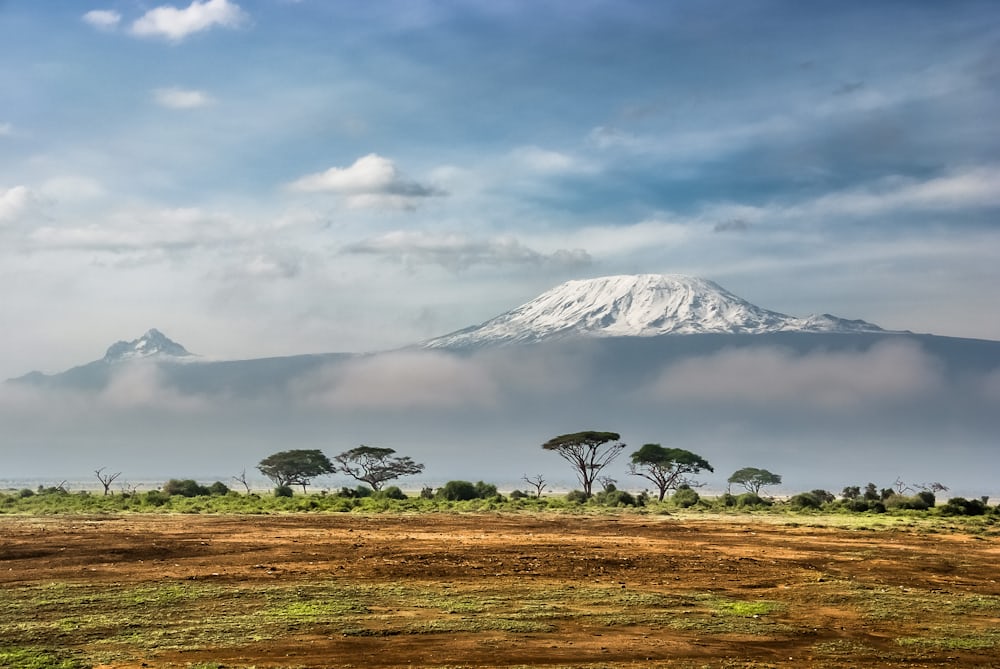
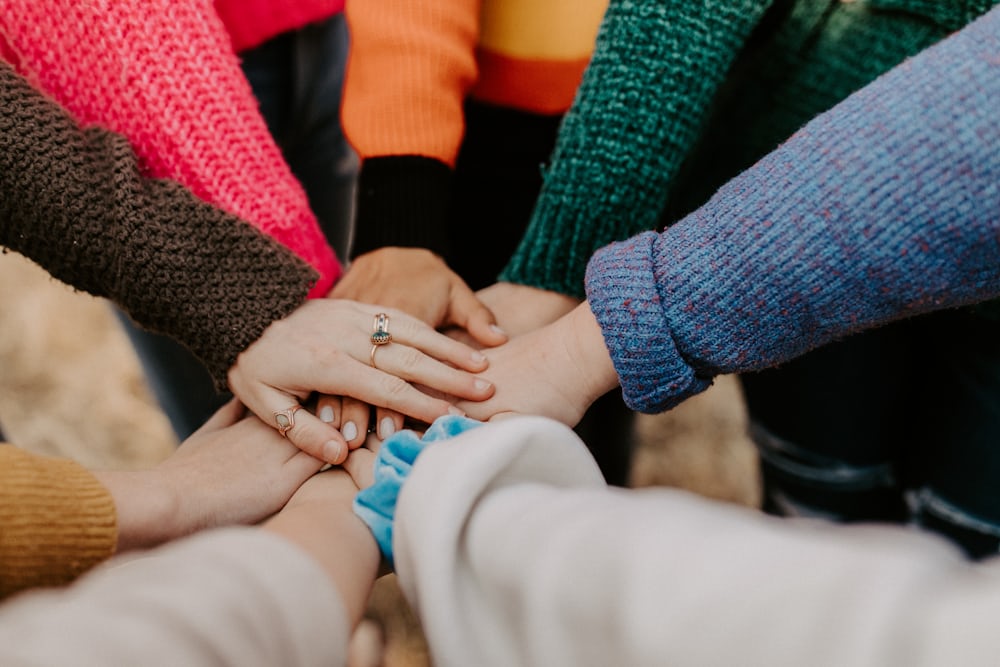
ECOSYSTEM
Positive growth.
Nature, in the common sense, refers to essences unchanged by man; space, the air, the river, the leaf. Art is applied to the mixture of his will with the same things, as in a house, a canal, a statue, a picture.
But his operations taken together are so insignificant, a little chipping, baking, patching, and washing, that in an impression so grand as that of the world on the human mind, they do not vary the result.
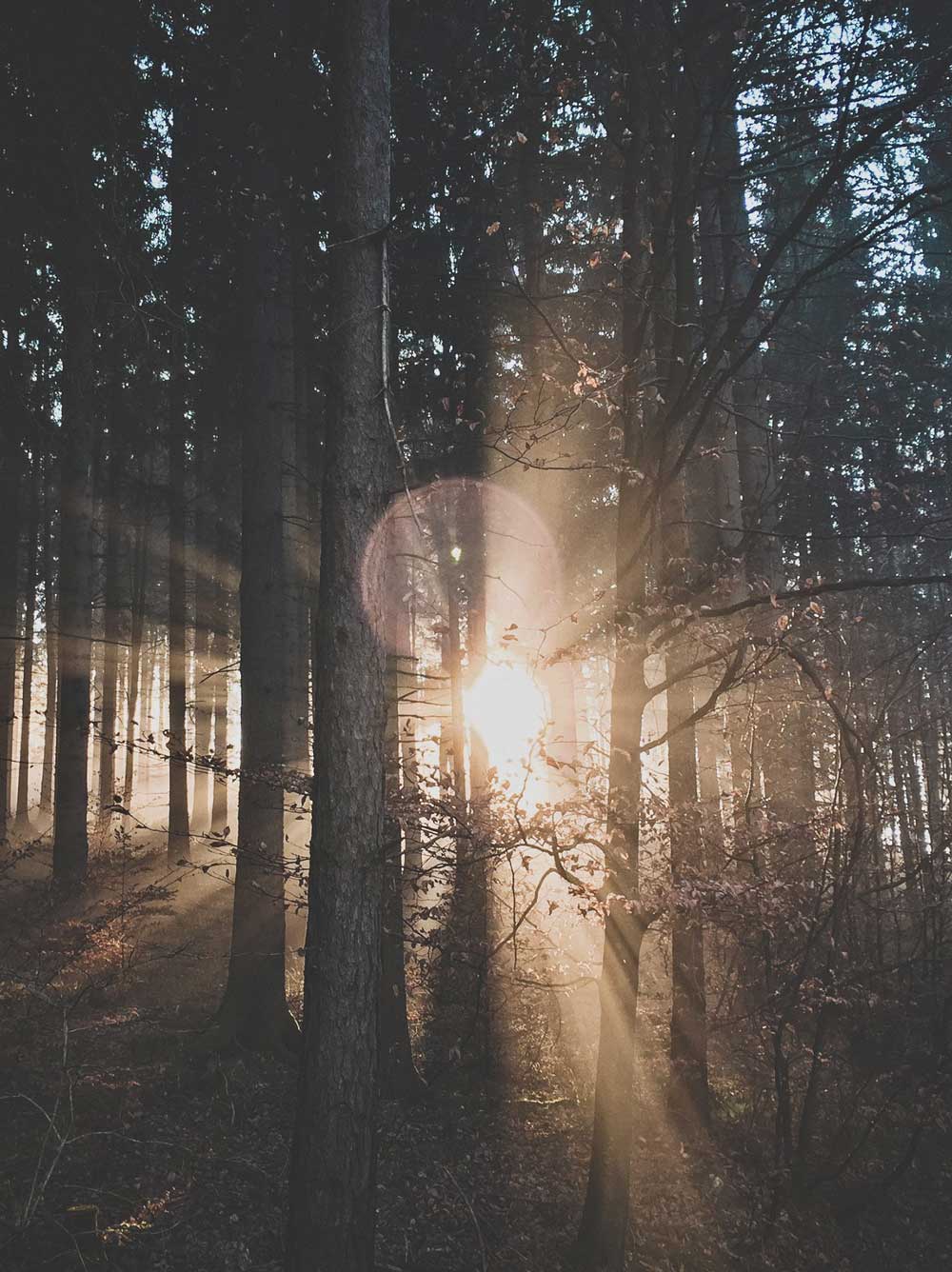

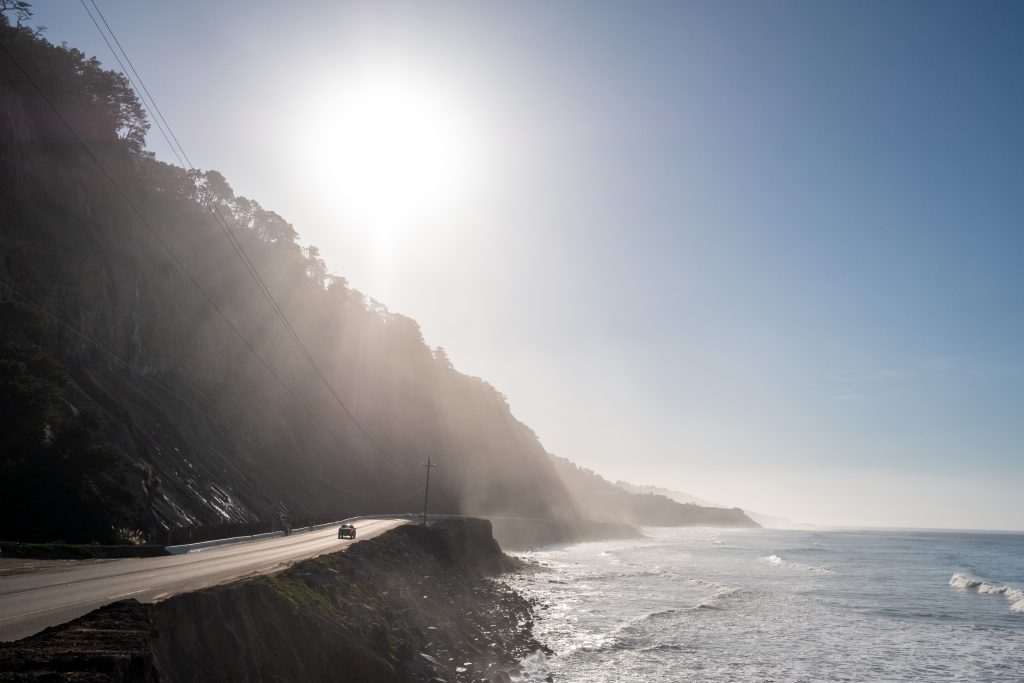
Undoubtedly we have no questions to ask which are unanswerable. We must trust the perfection of the creation so far, as to believe that whatever curiosity the order of things has awakened in our minds, the order of things can satisfy. Every man’s condition is a solution in hieroglyphic to those inquiries he would put.

